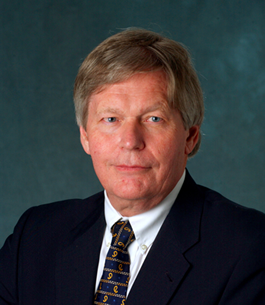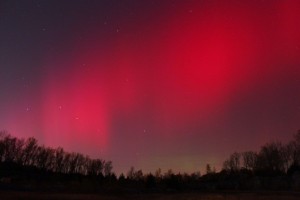
The American Astronomical Society (AAS) presented LASP Director Dr. Daniel Baker with the distinguished 2012 Popular Writing Award on June 12 in Anchorage, Alaska. Baker shares the honor with Dr. James Green, director of the NASA Solar System Exploration Division.
To encourage solar research education, the AAS Solar Physics Division offers its annual monetary award to authors of two popular Sun-related articles. Baker and Green received the honor in the scientist category for their article “The Perfect Solar Superstorm,” published in the February 2011 issue of Sky & Telescope magazine. The article outlines the potential hazards of large-scale solar storms to modern technology.
“It is a great honor to be recognized by the AAS through this award and prize,” Baker said. “It is both a duty and a privilege for scientists to communicate clearly and effectively about their work, and Sky & Telescope allows practicing researchers to do so.”
While past solar outbursts, or coronal mass ejections (CMEs), have created the dazzling light displays known as auroras, they have also caused unpredictable and damaging geomagnetic storms on Earth. In their article, Baker and Green describe how the U.S. electric power grid is increasingly vulnerable to widespread blackouts and permanent equipment damage in the face of a future solar storm.
“Understanding our Sun, being aware of the threats posed by solar activity, and communicating to the general public about the fascinating star near which we live is one of the great joys of space science,” Baker said.
For more information about LASP research on how CMEs affect Earth, please visit https://lasp.colorado.edu/science/space-physics/earths-magnetosphere/.




